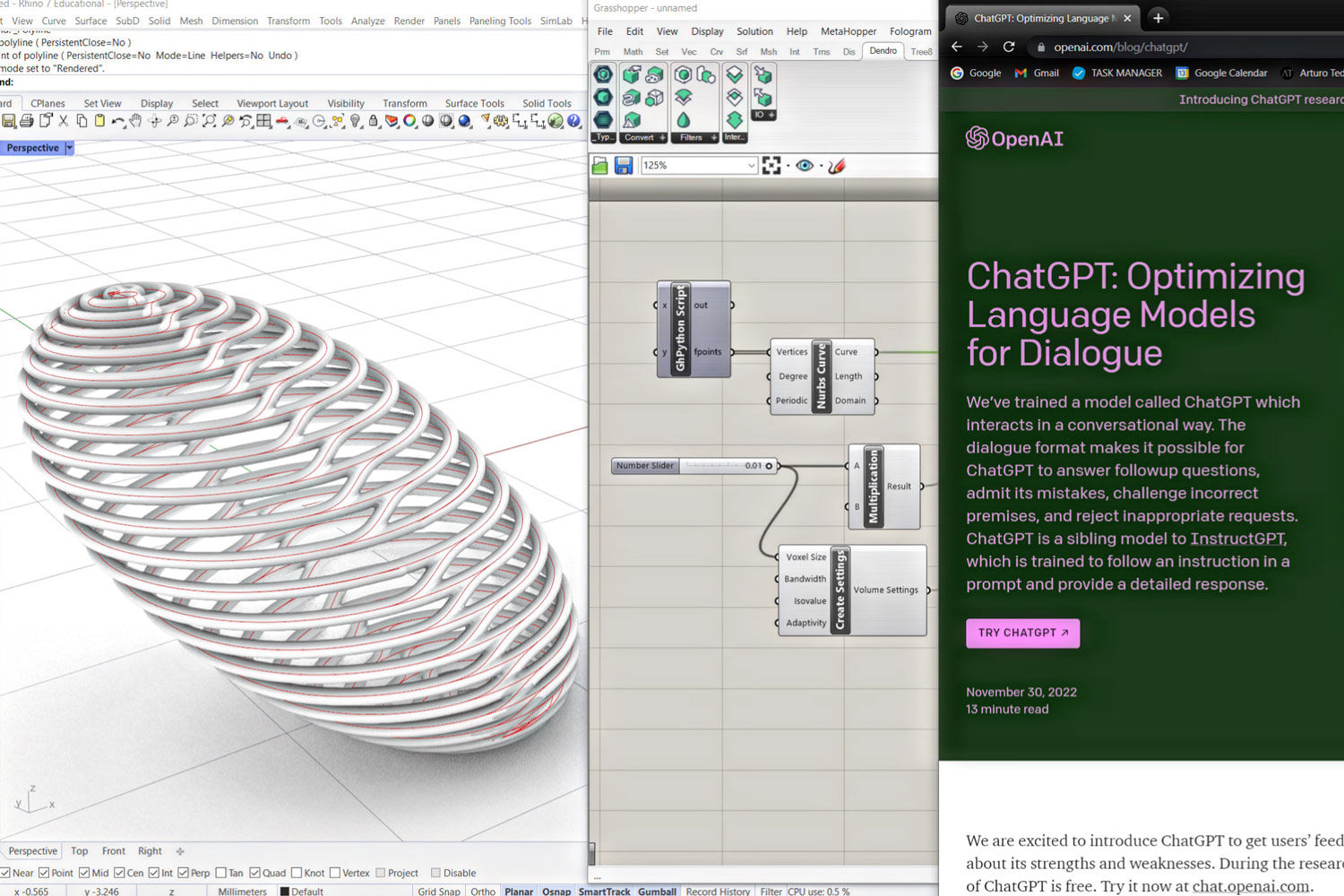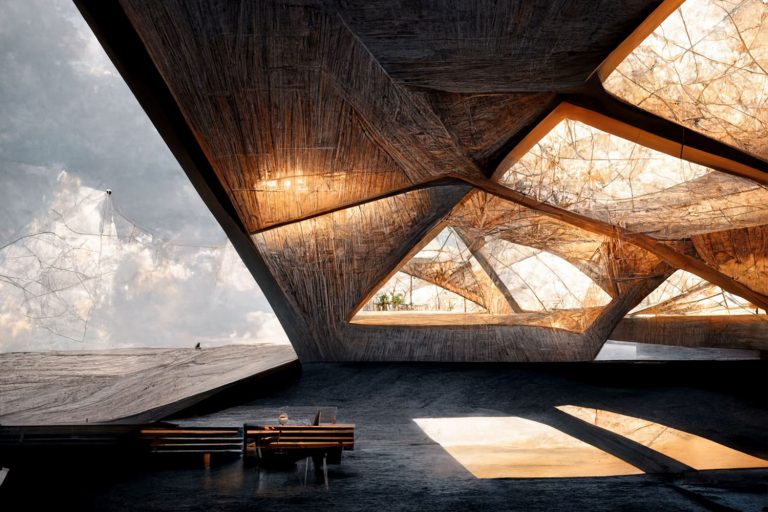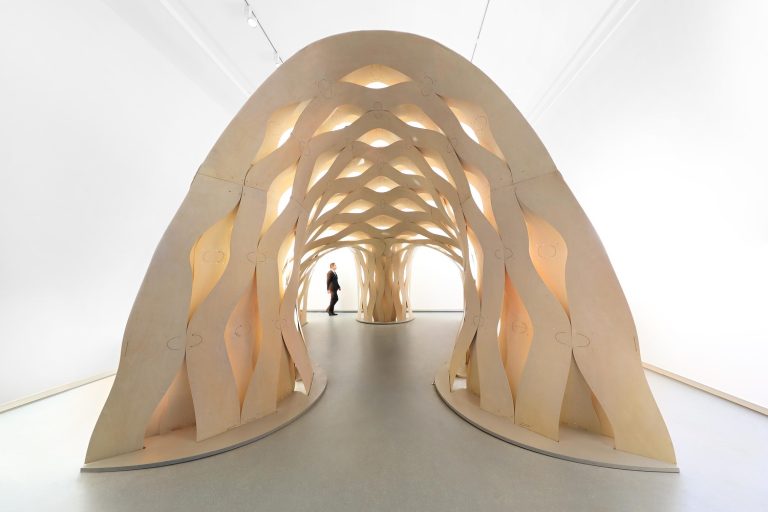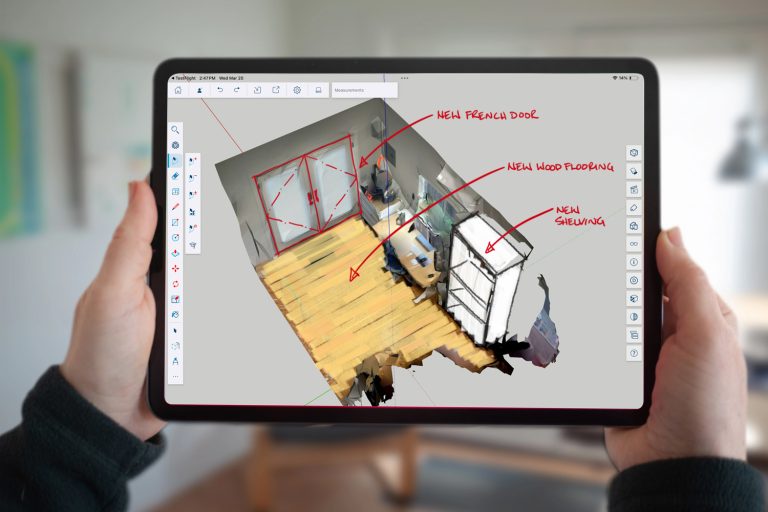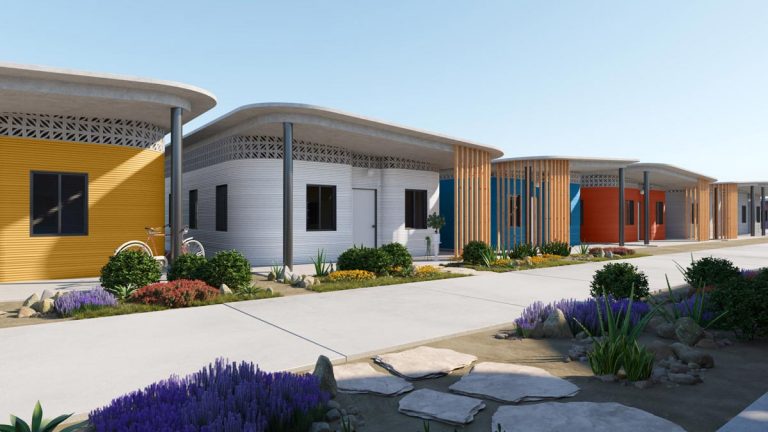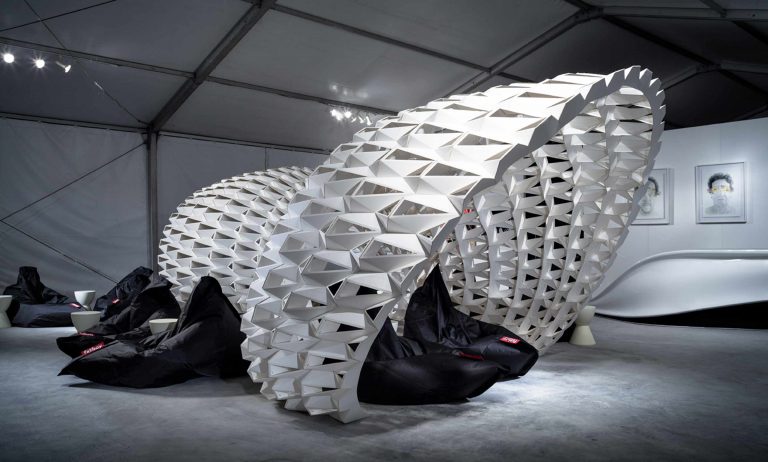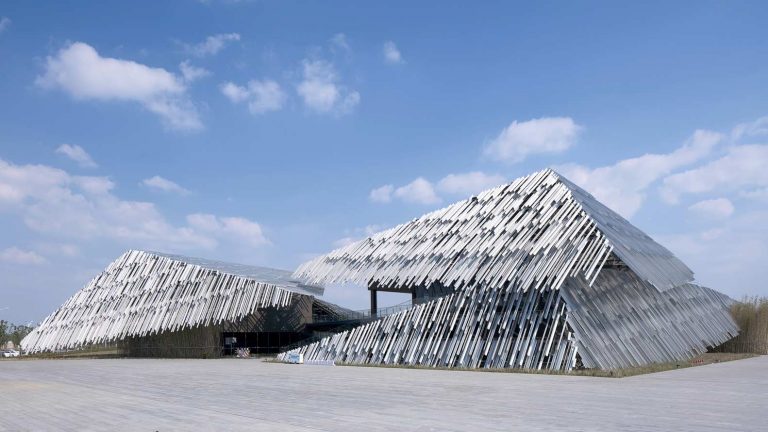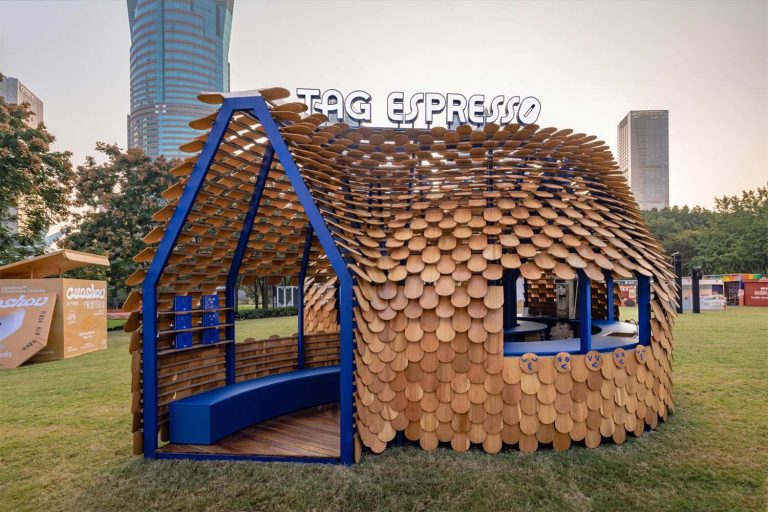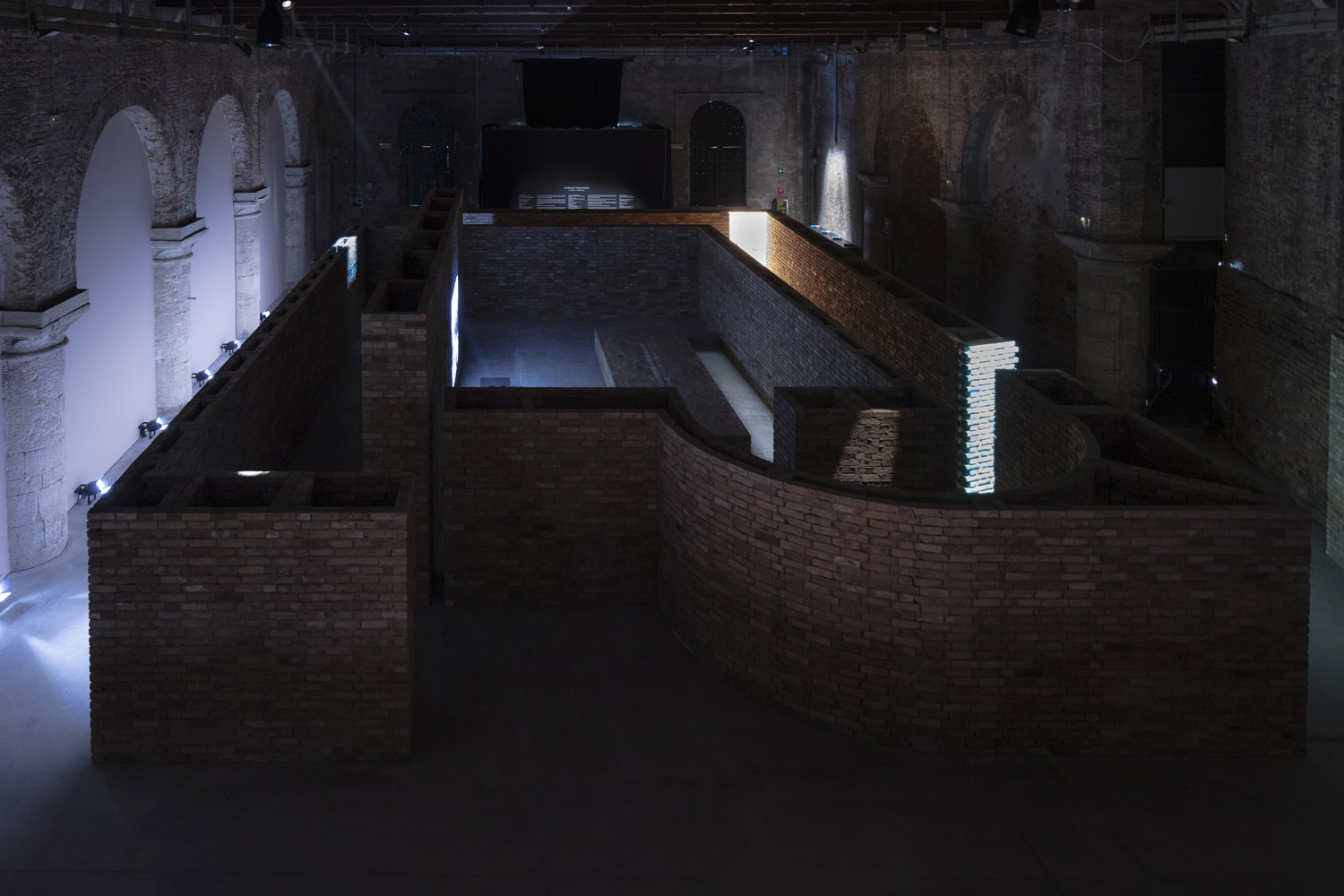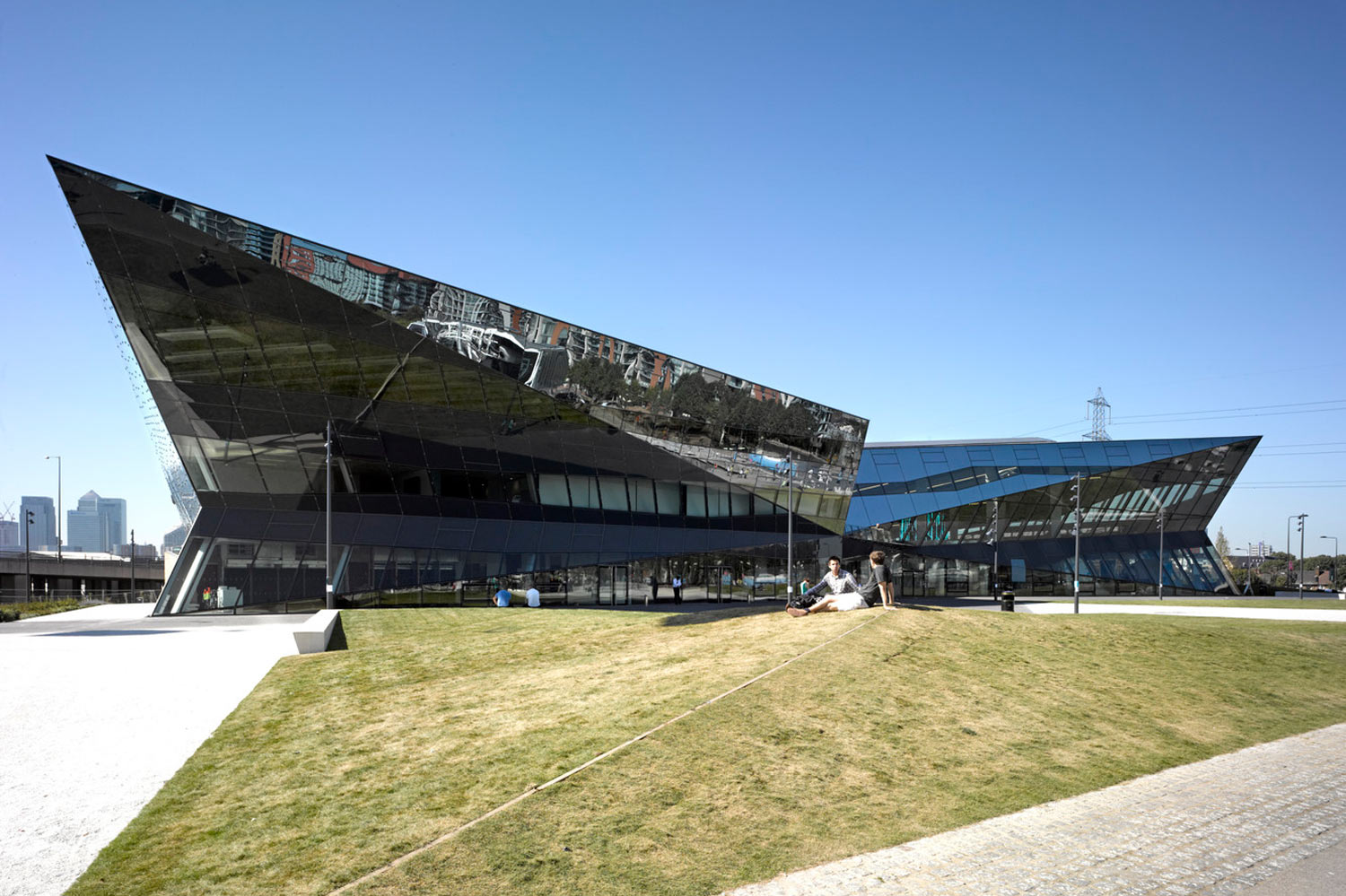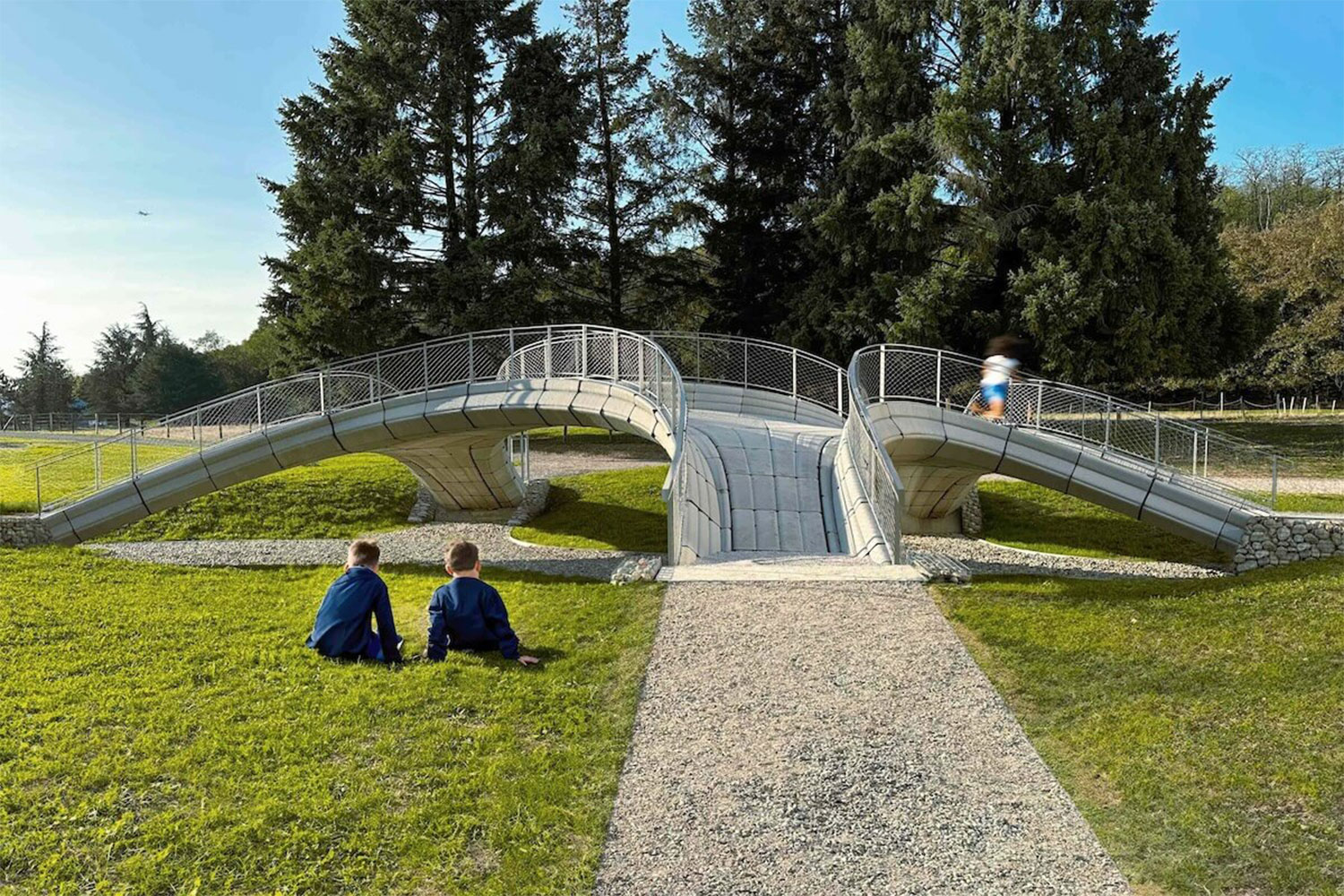
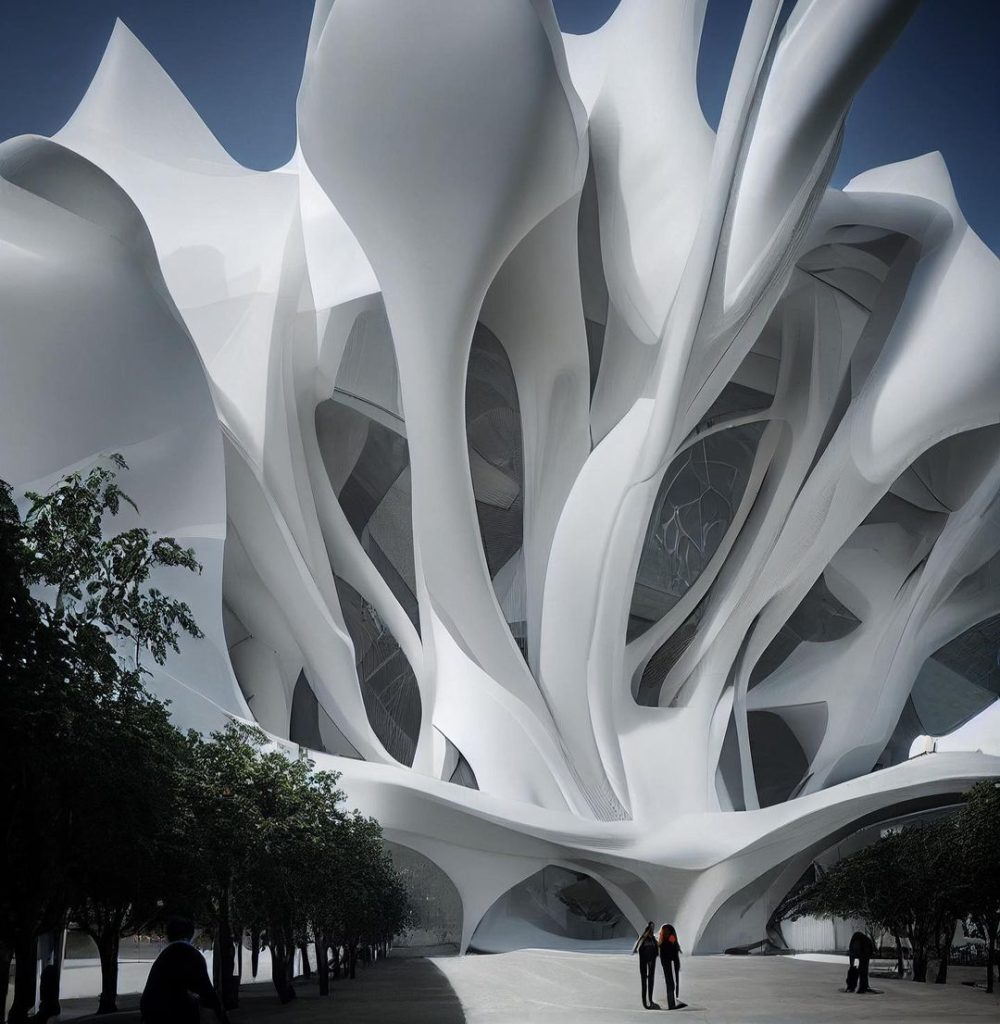
Imagine learning design codes by inputting a prompt like “What are the best practices for writing efficient JavaScript code?” or “What are the key features of Python 3.0?” ChatGPT instantly generates a response summarizing the most important concepts and information you need to know about the topic, giving you an amazing starting point for your coding endeavors.
If you don’t know, ChatGPT, developed by OpenAI, is a cutting-edge chatbot that can write essays and poems, code, and perform countless other tasks that were once reserved for humans.
But that’s not all! ChatGPT is also a good tool for collaboration among developers. Need help optimizing a function? Simply input a prompt like “I am having trouble with this function; can you help me optimize it?” and share the generated response with your fellow developers for their feedback and suggestions.
And architect and designer Arturo Tedeschi have taken ChatGPT to the next level. He recently tried out a unique new technique that combines ChatGPT and Grasshopper 3D to generate the codes he needed for his latest project. By inputting prompts in natural language, he could create a mathematical surface represented by points in XYZ seamlessly. The most jaw-dropping aspect was the chatbot’s ability to produce Python code edited explicitly for the GhPython environment. With just a single line of code, the point cloud was obtained and beautifully thickened using the Curve to Volume component. This cutting-edge technique is sure to revolutionize the field of architecture and design as we know it!
Tedeschi told us how he did this work with these words: “…coding capabilities of ChatGPT are well known. You can easily ask (in natural language) the chatbot to write a piece of code for particular tasks by specifying the language, the module to be used, the platform, etc. I decided to try out the ability of ChatGPT, specifically for Python Coding, to be executed inside Grasshopper3D. The goal was the creation of a mathematical surface represented by points in XYZ. The most impressive thing was the ability of the chatbot to elaborate a Python code specifically edited for the GhPython environment (es. the last code line was “a=…” a typical output of grasshopper components). The only “manual” operation was the conversion of coordinates into actual points: it just needed a line of code. The point cloud obtained has been interpolated using a Nurbs curve and thickened using the Curve to Volume component (Dendro plugin)…”
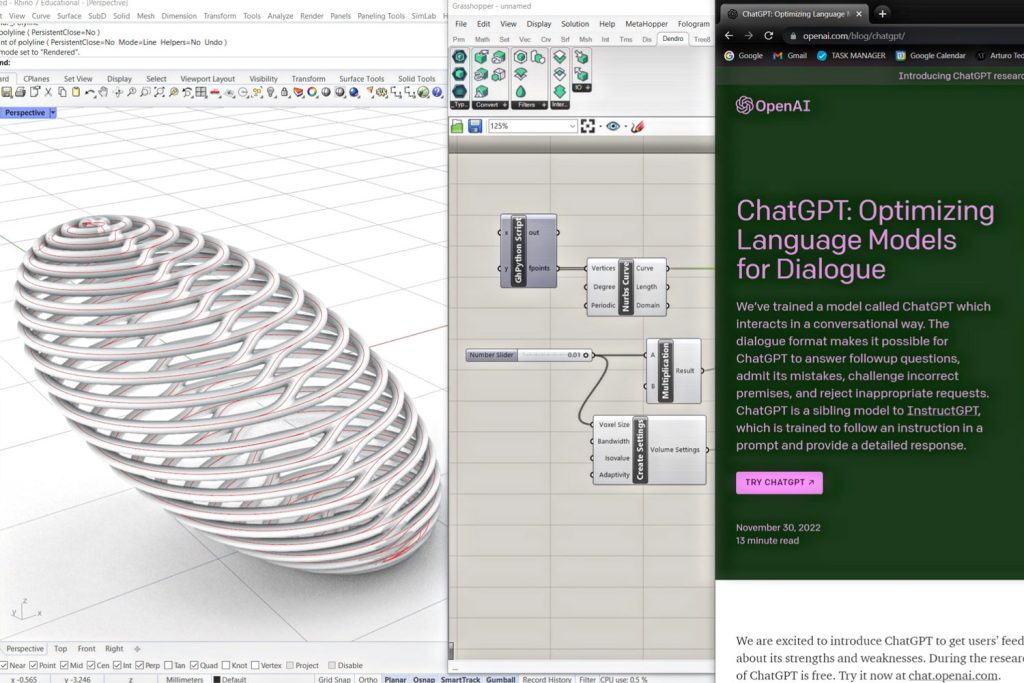
Arturo Tedeschi is an architect and computational design specialist with experience in the avant-garde segment of architecture and industrial design (furniture, automotive, installations, products, footwear). He is a consultant for leading companies, providing services and training related to Algorithms-Aided Design, complex geometry, digital fabrication, and data-driven design. Also, he is the author of Parametric Architecture with Grasshopper and AAD Algorithms-Aided Design, the worldwide reference book on algorithmic modeling.



